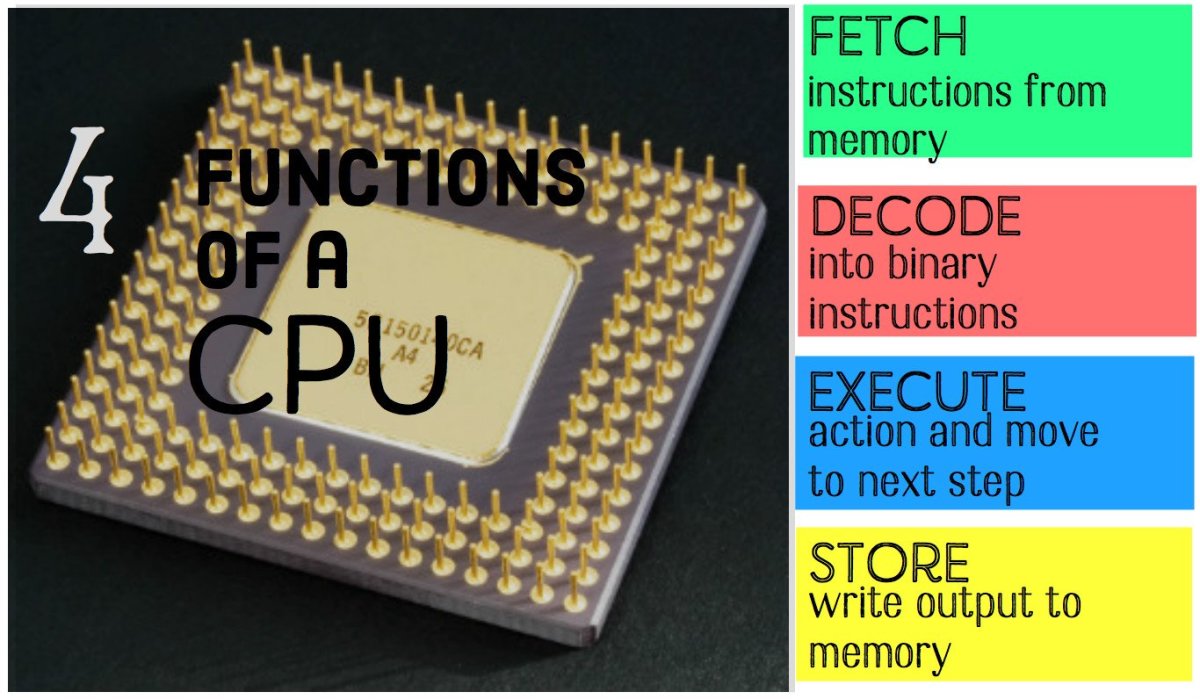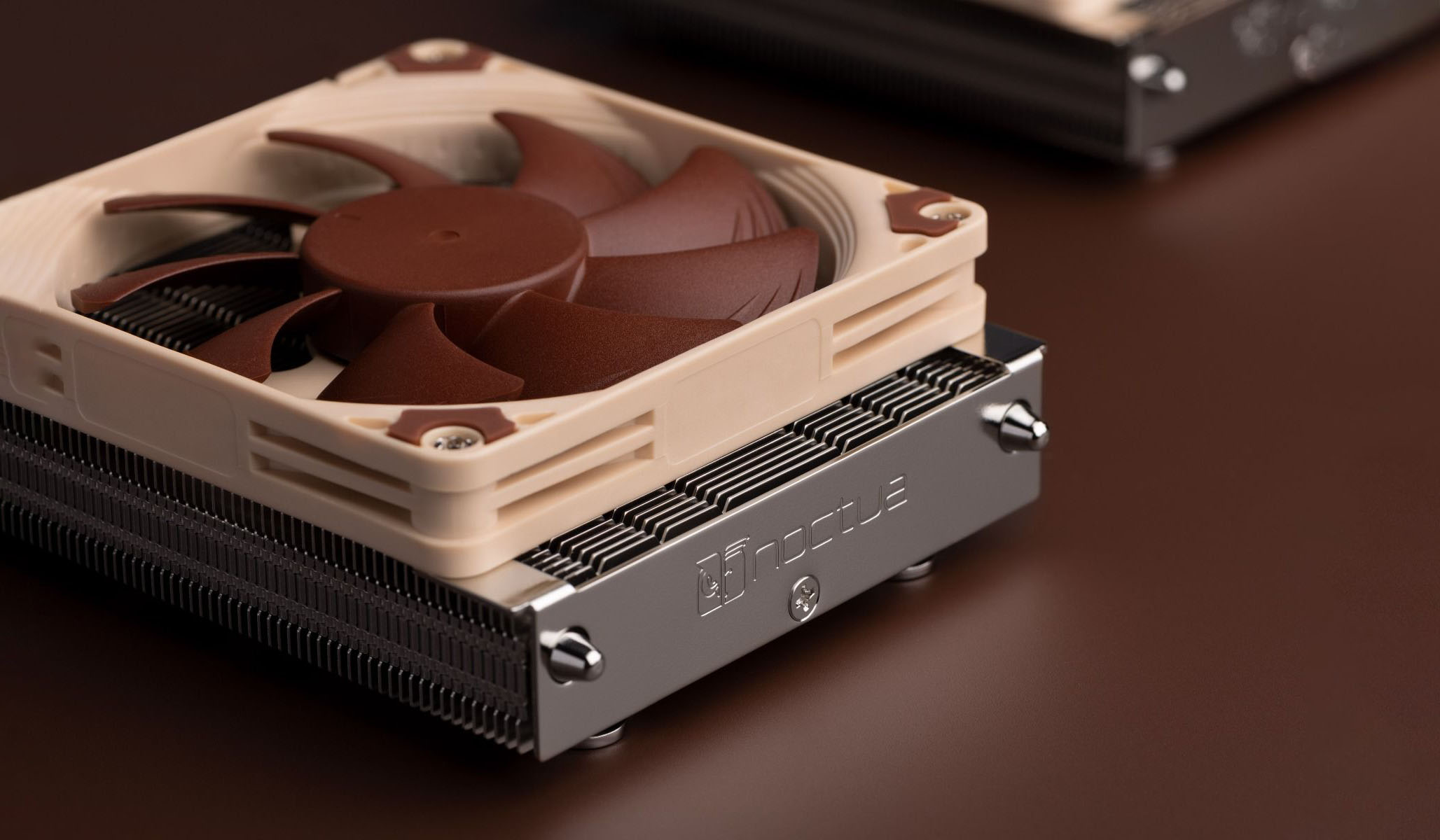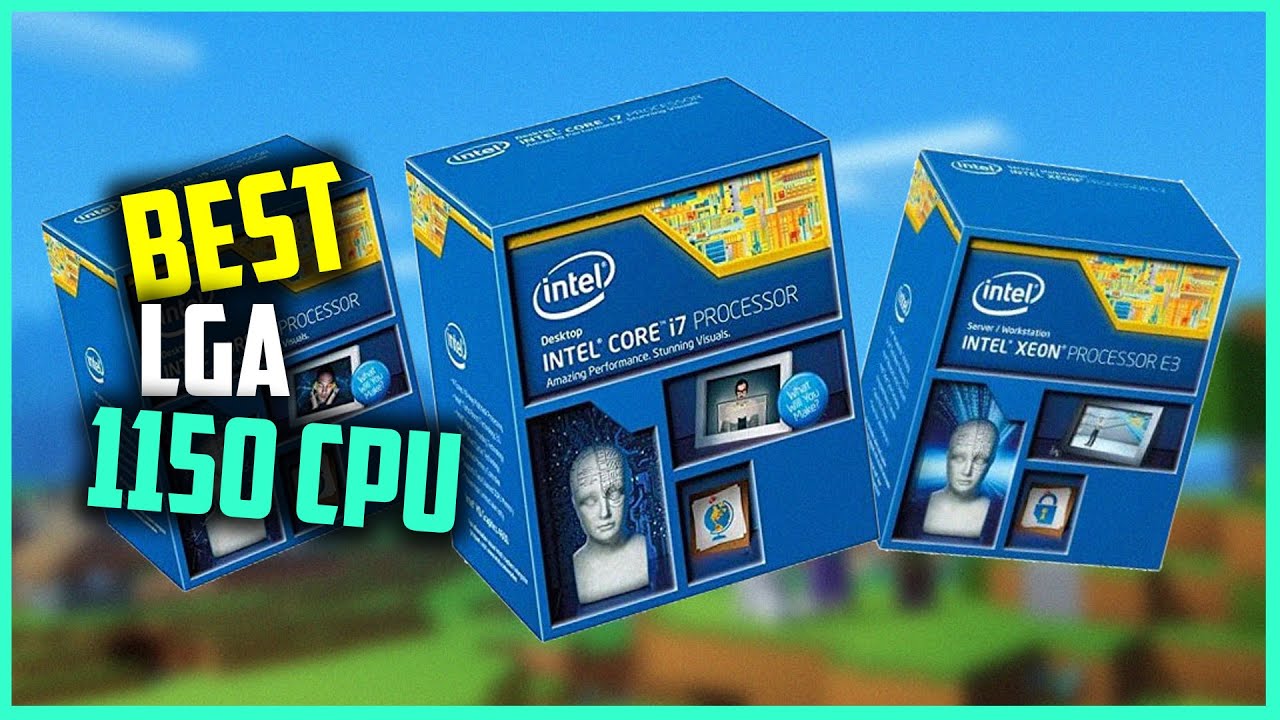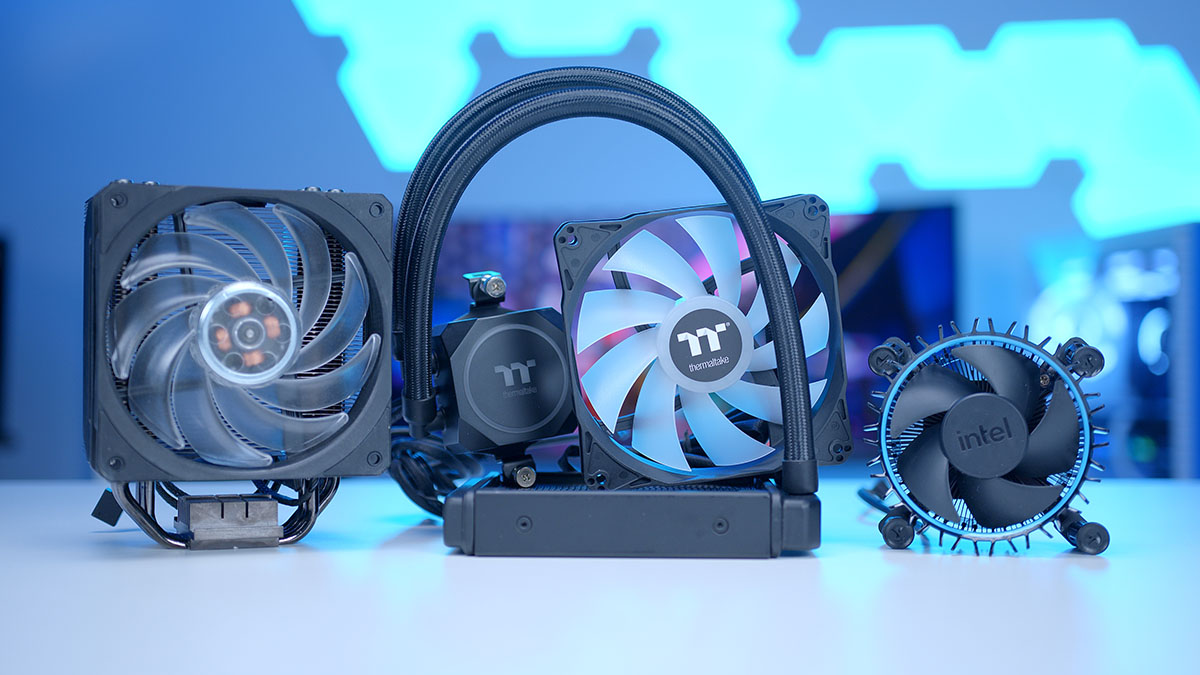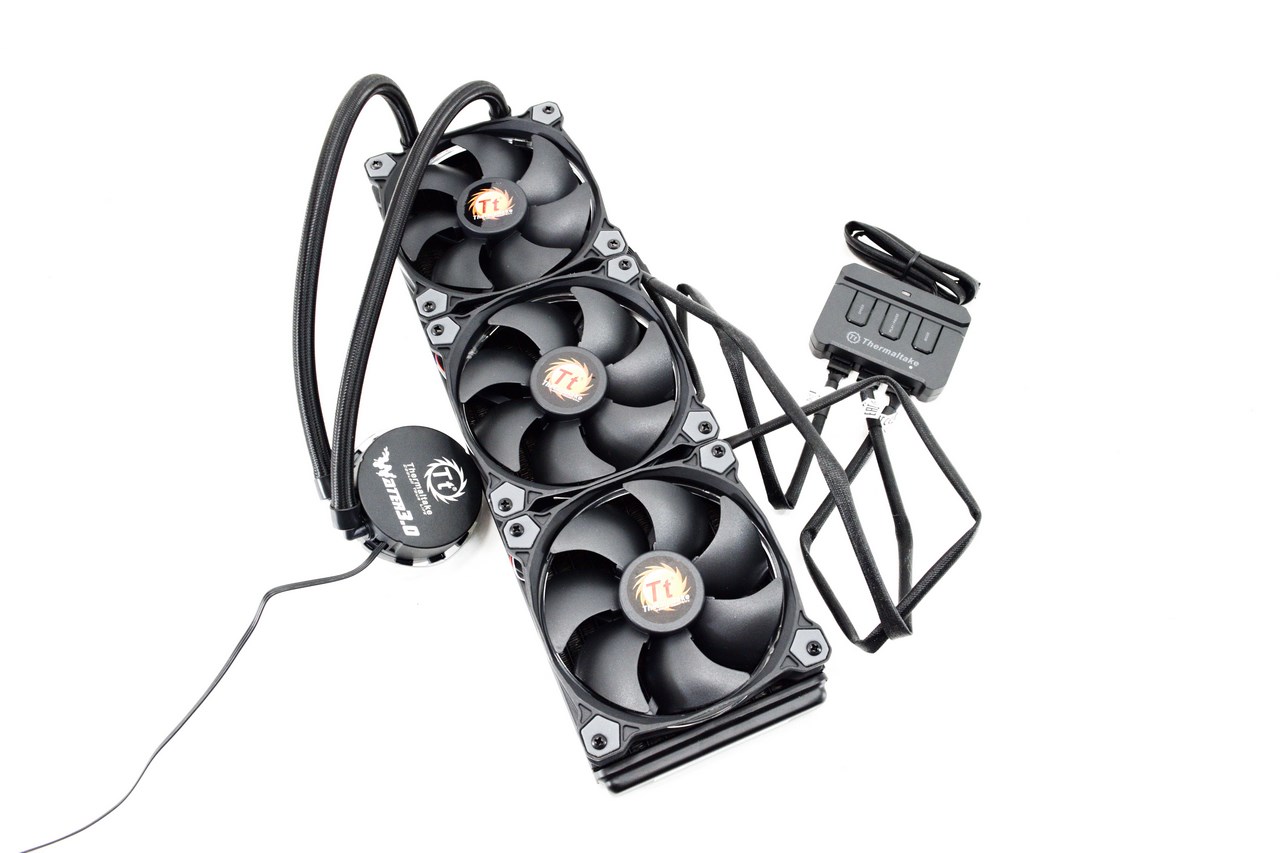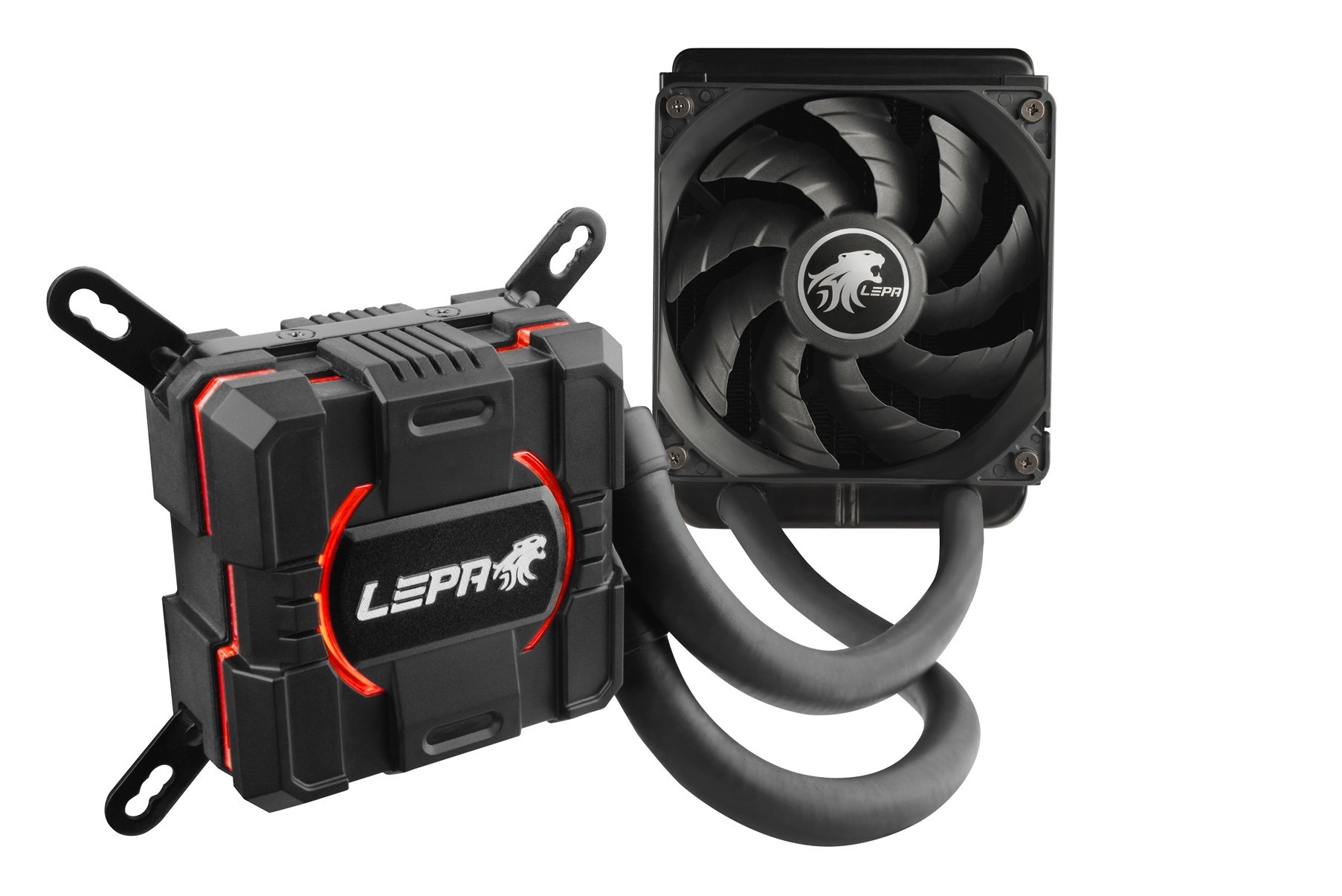Introduction
When it comes to processors, there are many factors that determine their performance and capabilities. One important feature that has a significant impact on the performance of CPU-intensive tasks is the Advanced Vector Extensions (AVX) instruction set.
AVX is a set of CPU instructions designed to improve the performance of applications that make use of floating-point calculations, such as scientific simulations, 3D rendering, and video editing. These instructions help processors process multiple sets of data simultaneously, thereby improving performance and efficiency.
In this article, we will delve into the world of AVX and explore the different versions of AVX that processors support. We will also guide you on how to check whether your CPU supports AVX and provide information on the AVX support in both Intel and AMD processors.
Whether you’re a tech enthusiast, a gamer, or a professional who heavily relies on CPU-intensive tasks, understanding AVX and its compatibility with your CPU can help you make informed decisions about software and hardware upgrades. So, let’s dive into the world of AVX and discover the capabilities of your CPU.
What is AVX?
AVX, short for Advanced Vector Extensions, is a CPU instruction set that was introduced by Intel in 2008 with the Intel Core i7 processors. It was later enhanced with additional versions, providing more advanced capabilities and improved performance for vector processing tasks.
But what exactly is vector processing? In traditional processing, a CPU operates on one data element at a time. However, in certain applications, such as scientific simulations, media processing, and gaming, there is a need to perform operations on multiple data elements simultaneously. This is where vector processing comes into play.
AVX extends the capability of CPUs to perform operations on multiple data elements at once by introducing wider vector registers and new instructions optimized for parallel processing. These instructions allow the CPU to operate on multiple sets of data simultaneously, reducing the time required to perform complex calculations and significantly improving performance.
The wider vector registers introduced by AVX can hold more data elements, which means more calculations can be performed in a single instruction. This not only leads to faster processing of tasks but also improves power efficiency as the CPU can accomplish more work in a shorter amount of time.
The AVX instructions also introduce fused multiply-accumulate (FMA) operations, which combine multiplication and addition operations into a single instruction. FMA operations are widely used in matrix and vector operations, providing a substantial speed boost compared to performing these operations separately.
In summary, AVX is an instruction set that enhances the processing power of CPUs by enabling them to perform operations on multiple data elements simultaneously. It improves performance and efficiency by introducing wider vector registers, new instructions for parallel processing, and fused multiply-accumulate operations.
AVX Versions
Since its inception, AVX has gone through several versions, each bringing enhancements and new features to improve performance and compatibility with different generations of processors. Here are the main versions of AVX:
- AVX1: AVX1 was the first version of AVX introduced by Intel in 2011. It expanded the previous SSE instruction set by introducing wider 256-bit vector registers, allowing for the processing of eight single-precision floating-point numbers or four double-precision floating-point numbers simultaneously. AVX1 also introduced new instructions for integer operations, making it more versatile than its predecessor.
- AVX2: Released in 2013, AVX2 is an extension of the AVX instruction set. It introduced additional instructions optimized for integer operations, matrix multiplication, and gather operations, further improving performance for a wider range of applications. AVX2 doubled the number of available registers to 16, allowing for even more parallel tasks to be executed simultaneously.
- AVX-512: AVX-512 is the latest and most advanced version of AVX, unveiled in 2016. It introduced 512-bit vector registers, doubling the width of AVX2 registers. This enables processors to handle even larger datasets and perform more calculations in parallel. This version of AVX also introduced new instructions optimized for machine learning, cryptography, and other computationally intensive tasks.
It’s important to note that while newer versions of AVX provide greater performance and capabilities, not all CPUs and software applications are compatible with the latest AVX instructions. The availability of AVX versions depends on the specific CPU model and generation.
Now that we’ve covered the main versions of AVX, let’s move on to the next section to learn how to check if your CPU supports AVX.
How to Check AVX Support
If you’re curious to know whether your CPU supports AVX and which version it supports, there are a couple of methods you can use to check:
- Hardware Specifications: One of the easiest ways to determine AVX support is to check your CPU’s specifications. Most CPU manufacturers provide detailed specifications for their processors on their official websites. Look for information related to AVX or Advanced Vector Extensions to see if your CPU supports it and which version it supports.
- CPU-Z: CPU-Z is a popular and reliable software tool that provides detailed information about your CPU and other system components. You can download CPU-Z for free from the official website and run it on your computer. Under the ‘Instructions’ section of the tool, you should be able to find information about AVX support and its specific version on your CPU.
- Benchmarking Applications: Another way to check AVX support is by using benchmarking applications. These applications can provide comprehensive information about your CPU, including AVX support. Popular benchmarking tools like Geekbench and PassMark PerformanceTest can detect AVX support and report the supported version of AVX for your CPU.
Keep in mind that the method for checking AVX support may vary depending on your operating system and the specific CPU you have. It’s always a good idea to refer to official documentation or reliable software tools to get accurate and up-to-date information.
Now that you know how to check AVX support, let’s move on to the next section where we’ll explore AVX support in Intel processors.
AVX Support in Intel Processors
Intel has been at the forefront of introducing and implementing AVX technology in their processors. AVX support in Intel processors has evolved over the years, with different generations supporting different versions of AVX. Here’s a breakdown of AVX support in Intel processors:
- 1st Generation AVX support: The first generation of AVX, AVX1, was introduced with the Intel Sandy Bridge processors in 2011. These processors were among the first to support AVX instructions, bringing enhanced performance for floating-point operations and improved parallel processing capabilities.
- 2nd Generation AVX support: With the release of Intel’s Ivy Bridge processors in 2012, AVX support continued to evolve. The Ivy Bridge processors added AVX2 support, providing improved vector processing capabilities and enhanced performance for both floating-point and integer operations.
- 3rd Generation AVX support: Intel’s Haswell processors, released in 2013, further expanded AVX support with AVX2 functionality. These processors introduced additional instructions optimized for vector processing, enhancing performance for applications that make extensive use of AVX instructions.
- 4th Generation AVX support: With the launch of Intel’s Haswell Refresh processors in 2014, AVX2 support became more widespread across Intel’s consumer-grade processors. These processors offered improved AVX performance and efficiency, making them suitable for demanding tasks such as video rendering and scientific simulations.
- 5th Generation AVX support: Intel Broadwell processors, introduced in 2015, continued the trend of supporting AVX2 instructions. These processors provided incremental improvements in AVX performance and power efficiency compared to their predecessors.
- 6th Generation AVX support: The sixth generation of Intel processors, codenamed Skylake, was released in 2015. Skylake processors continued to support AVX2 instructions, but also introduced AVX-512 support in select server-grade processors, providing even higher performance for AVX-optimized workloads.
It’s worth noting that AVX support may vary across different models and SKUs within each generation of Intel processors. It’s always a good idea to refer to the official specifications or consult the product documentation for detailed information on AVX support for a specific Intel processor.
Now that we’ve covered AVX support in Intel processors, let’s move on to explore AVX support in AMD processors.
AVX Support in AMD Processors
AMD, the competitor to Intel, has also incorporated AVX technology into their processors to deliver enhanced performance for parallel processing tasks. Let’s take a look at AVX support in AMD processors:
- Bulldozer Architecture: The Bulldozer architecture, introduced by AMD with their FX series processors in 2011, was the first to include AVX support. These processors offered AVX1 support, which improved the performance of floating-point calculations and introduced new instructions for vector processing tasks.
- Piledriver Architecture: In 2012, AMD released the Piledriver architecture, which was an enhanced version of the Bulldozer architecture. Piledriver processors continued to support AVX1 instructions, offering improved performance and efficiency for multimedia applications and other AVX-optimized workloads.
- Excavator Architecture: The Excavator architecture, introduced by AMD in 2015, further improved AVX support in AMD processors. Excavator processors offered AVX2 support, bringing enhanced performance for AVX workloads and improved power efficiency.
- Zen Architecture: The Zen architecture, launched by AMD in 2017, marked a significant milestone for AMD processors. Zen processors, including the Ryzen and EPYC series, brought notable advancements in AVX support. These processors introduced support for AVX2 instructions, similar to Intel’s AVX2 implementation, providing improved parallel processing capabilities and better performance for AVX workloads.
- Zen 2 Architecture: Following the success of the Zen architecture, AMD released the Zen 2 architecture in 2019. Processors based on Zen 2, such as the Ryzen 3000 series and the EPYC 7002 series, continued to support AVX2 instructions. Additionally, select higher-end models introduced AVX-512 support, similar to Intel’s AVX-512, for even greater performance in AVX-optimized tasks.
- Zen 3 Architecture: The latest Zen 3 architecture, introduced by AMD in 2020, continues to offer AVX2 support. The Ryzen 5000 series processors, based on Zen 3, provide further improvements in AVX performance, power efficiency, and overall CPU performance.
As with Intel processors, the availability of AVX support and its versions may vary across different models and SKUs within each architecture of AMD processors. It’s always recommended to refer to official specifications or consult the product documentation for detailed information on AVX support for a specific AMD processor.
Now that we’ve explored AVX support in both Intel and AMD processors, let’s move on to the concluding section of this article.
Conclusion
AVX, or Advanced Vector Extensions, is a powerful instruction set that enhances the processing capabilities of CPUs by enabling parallel processing of multiple data elements. It has become a crucial technology for applications that heavily rely on floating-point calculations and vector processing.
In this article, we explored the world of AVX and learned about the different versions of AVX that CPUs support. We discussed how AVX improves performance and efficiency by introducing wider vector registers, new instructions, and fused multiply-accumulate operations.
We also explained various methods for checking AVX support, including checking hardware specifications, using software tools like CPU-Z, and utilizing benchmarking applications. These methods allow users to determine whether their CPUs support AVX and which version of AVX they are compatible with.
Furthermore, we examined the AVX support in both Intel and AMD processors. Intel processors have seen the evolution of AVX support across different generations, with AVX1, AVX2, and AVX-512 being the main versions. AMD processors, on the other hand, have incorporated AVX1 and AVX2 support in their Bulldozer, Piledriver, Excavator, Zen, Zen 2, and Zen 3 architectures.
Understanding AVX support in your CPU is vital for optimizing software and hardware choices, especially for tasks that heavily rely on vector processing and parallel computations. By knowing whether your CPU supports AVX and its respective versions, you can make informed decisions when selecting software applications and identifying the best processor for your specific needs.
In conclusion, AVX technology plays a significant role in enhancing the performance of CPUs, enabling them to process multiple data elements simultaneously. It has become a key feature in modern processors, providing improved efficiency and performance for a wide range of applications.










